Services
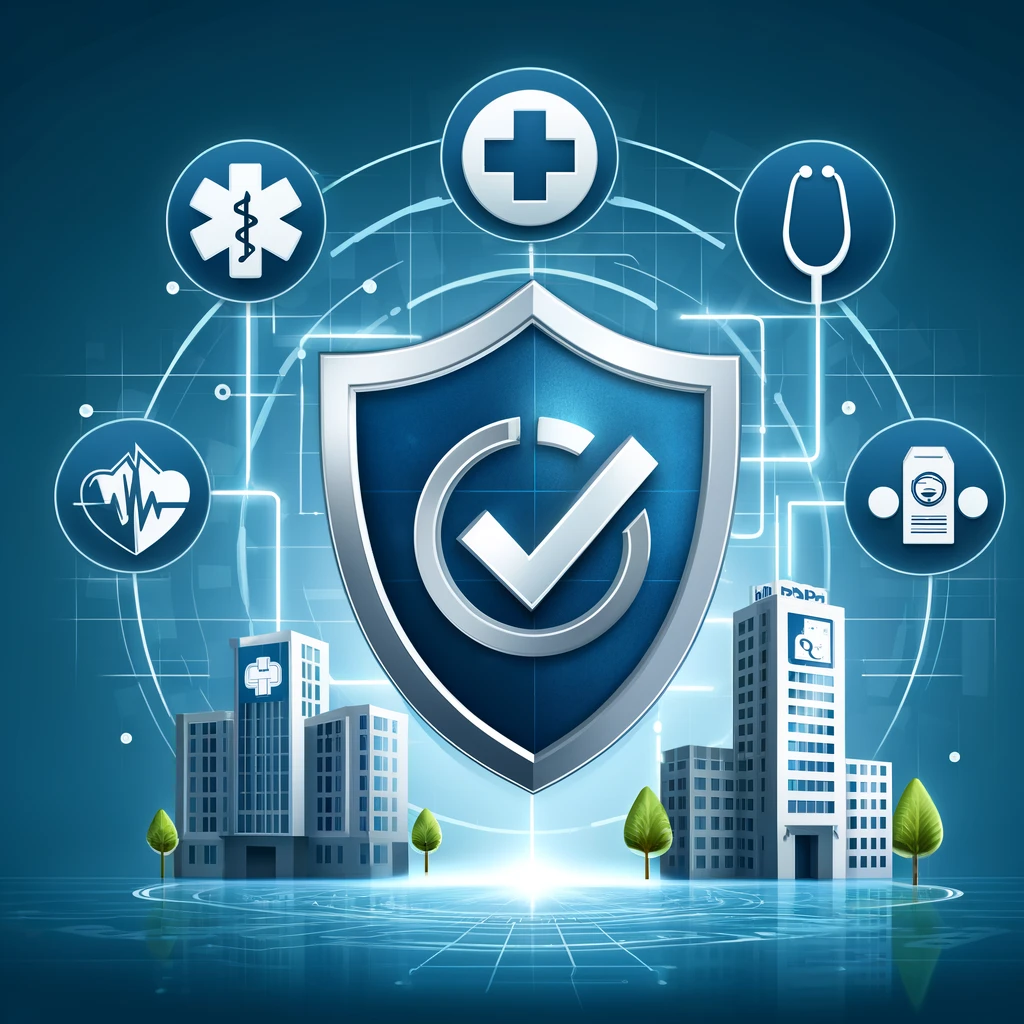
Compliance Management
Ensures that the institution meets regulatory requirements such as HIPAA, CCPA, and GDPR by continuously monitoring and managing compliance status.
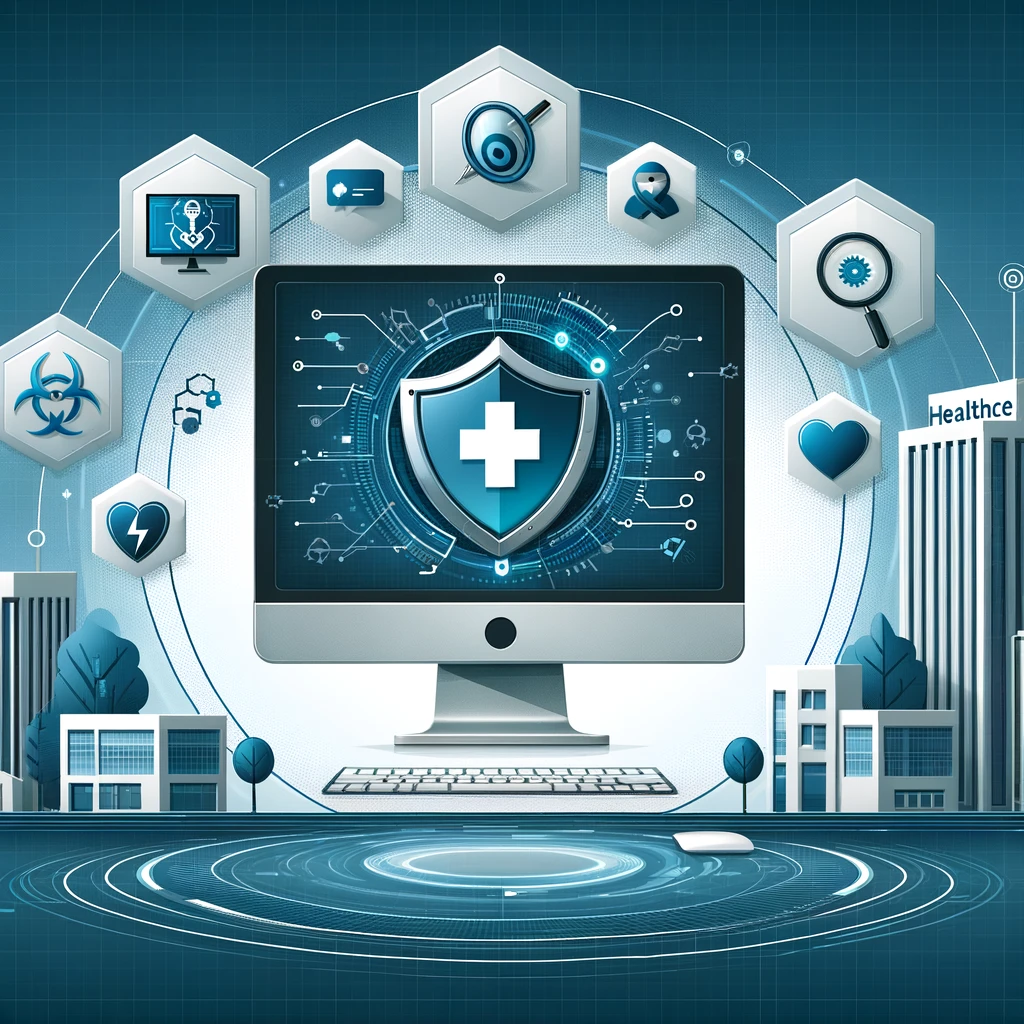
Cyber Threat Detection
Utilizes advanced machine learning algorithms to detect and respond to cyber threats such as hacking attempts, phishing, and other malicious activities in real-time.
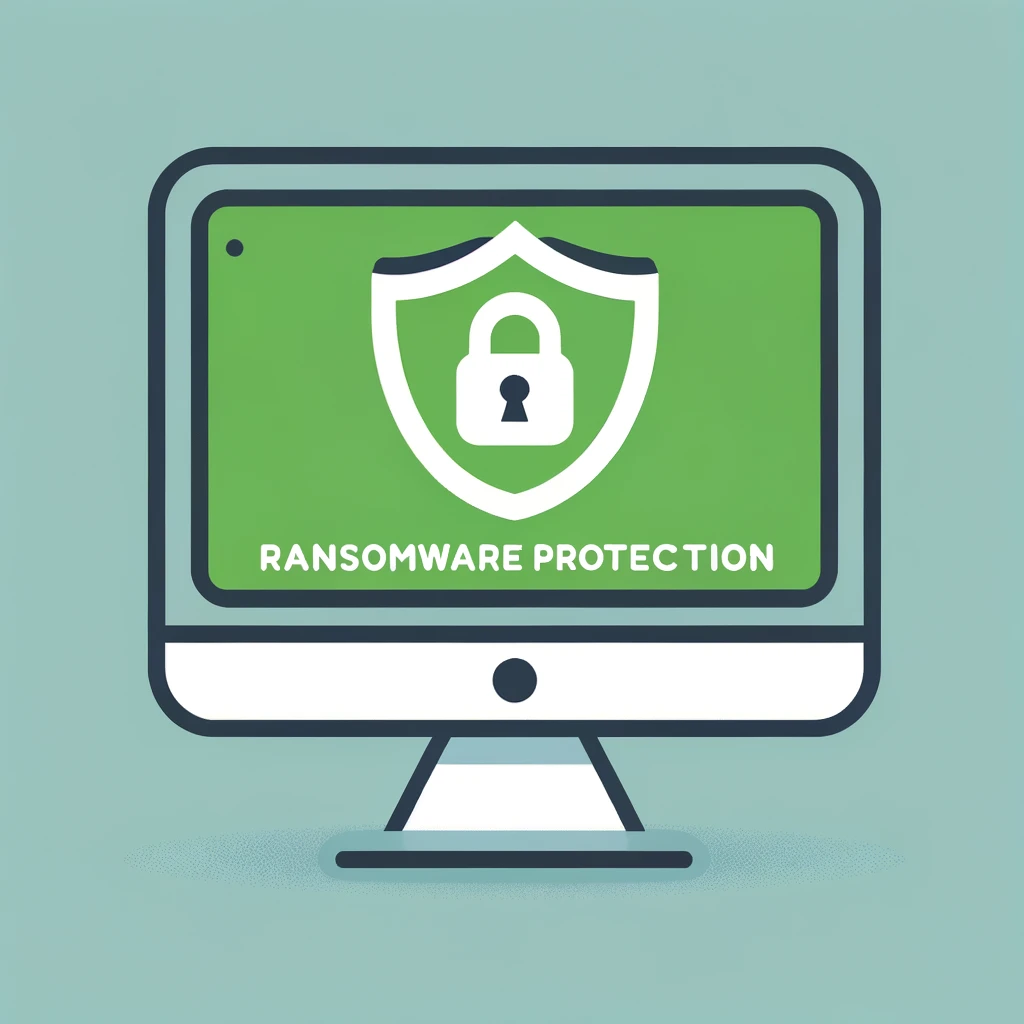
Ransomware Protection
Provides proactive measures to prevent ransomware attacks, including regular backups, real-time threat monitoring, and immediate incident response strategies.
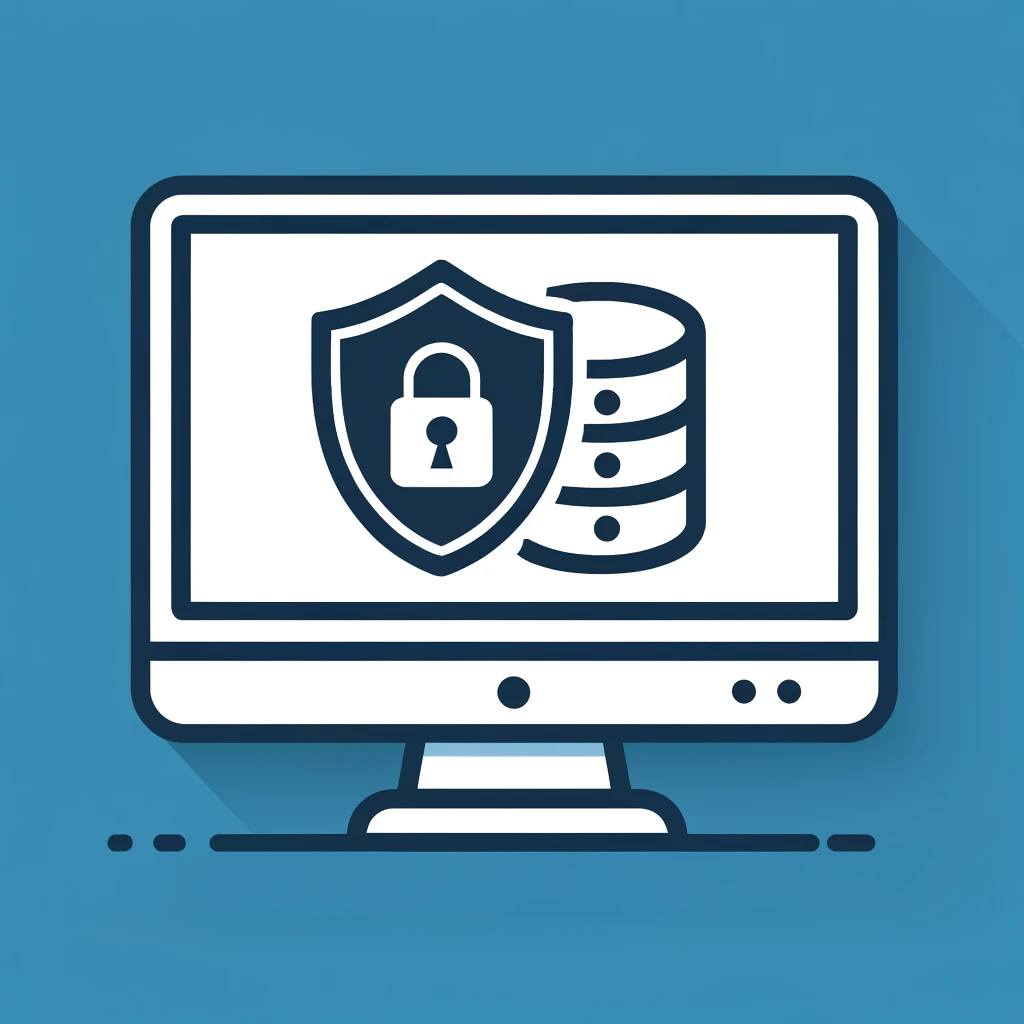
Secure Data Management
Manages sensitive data securely by implementing encryption, access controls, and secure storage solutions to ensure data integrity and confidentiality.

Audit and Reporting
Generates detailed reports and audit logs for compliance verification, internal reviews, and regulatory submissions.

Cloud Security Services
Provides specialized security services for hybrid and multi-cloud environments, ensuring that data and applications hosted in the cloud are secure.
Blog
Distribution of Cyberattacks Across Worldwide Industries
According to data from statista.com (2023), the manufacturing industry experiences the highest share of cyberattacks, accounting for 23.9% of the total incidents. This is followed by the finance and insurance sector at 15.6% and the professional, business, and information services sector at 11.1%. Other affected industries include energy (8.2%), retail and wholesale (6.3%), healthcare (5.3%), and government (4.3%). Notably, the media and telecom sector, although crucial in information dissemination, experiences a lower percentage of attacks at 1.2%. However, this does not diminish the importance of cybersecurity measures across all sectors, as every industry is vulnerable to cyber threats.
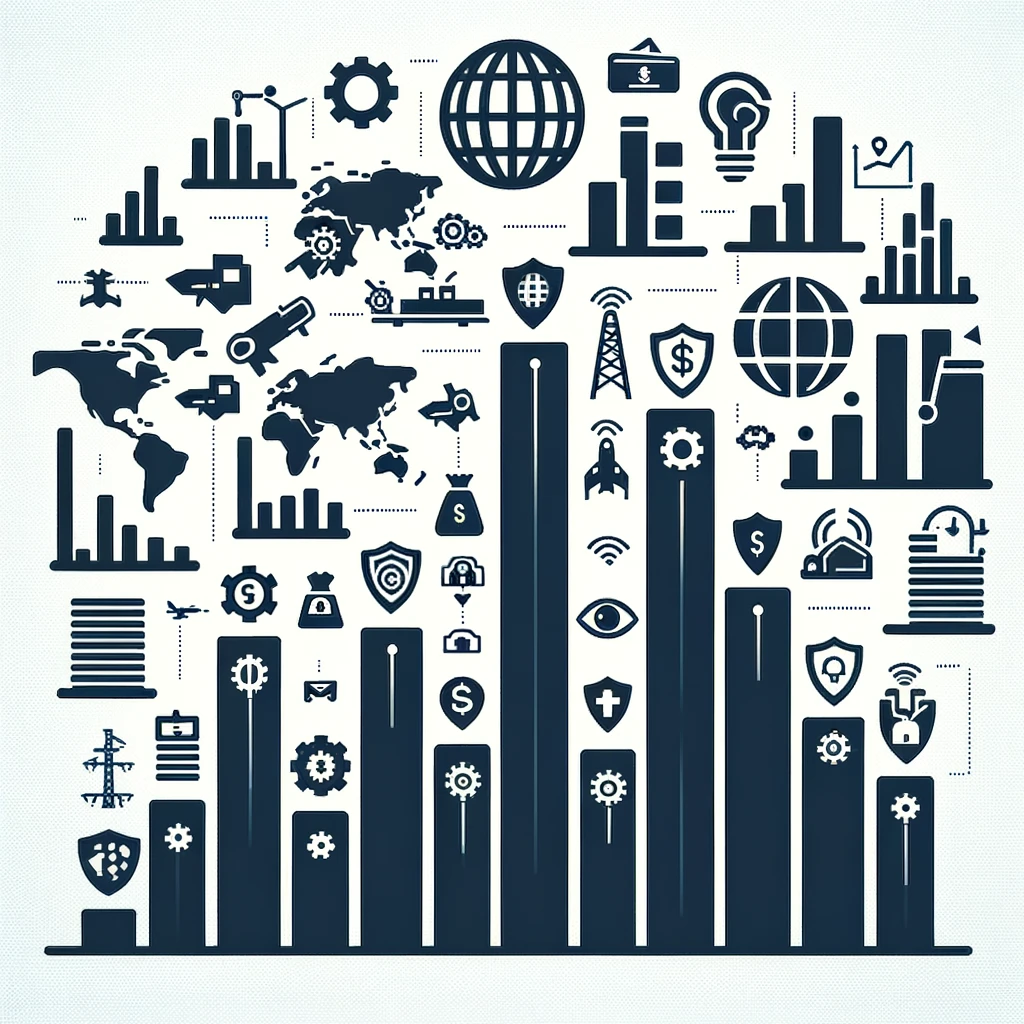
Industry Sectors Most Targeted by Ransomware Attacks in the United States
In the United States, certain industries are more susceptible to ransomware attacks than others. Data from statista.com (2023) reveals that the healthcare and public health sector is the most targeted, with 249 reported incidents. This is followed by critical manufacturing with 218 incidents and government facilities with 156 incidents. Information technology (137), financial services (122), and commercial facilities (97) also face significant ransomware threats.
Other sectors, including food and agriculture (75), transportation (44), communications (32), energy (30), and chemical (24), are not exempt from these attacks. The emergency services, water and wastewater systems, and defense industrial base sectors, while experiencing fewer incidents, still require stringent cybersecurity measures to protect their operations and data.
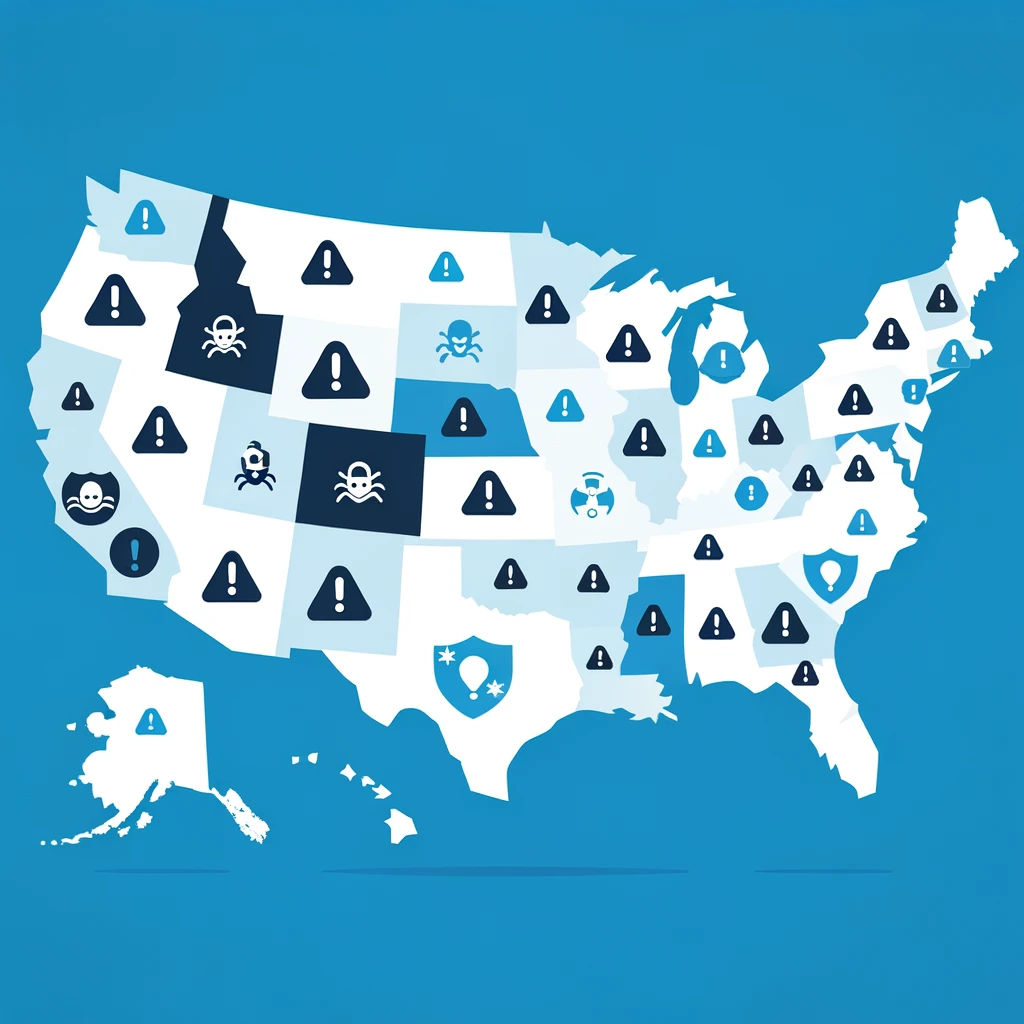
Why Hospitals Should View Cybersecurity as an Integral Part of Their Business Strategy
In today's digital age, hospitals must prioritize cybersecurity as an essential component of their business strategy. The healthcare industry is increasingly reliant on digital technologies, making it a prime target for cyberattacks. These breaches can compromise sensitive patient data, disrupt critical operations, and result in significant financial losses.
By integrating cybersecurity into their overall business strategy, hospitals can safeguard patient information, ensure the continuity of care, and maintain trust with their patients. This proactive approach not only mitigates risks but also aligns with regulatory requirements and enhances the institution's reputation. Ultimately, viewing cybersecurity as a strategic priority helps hospitals navigate the complexities of the digital landscape and ensures long-term operational resilience.
By integrating cybersecurity into their overall business strategy, hospitals can safeguard patient information, ensure the continuity of care, and maintain trust with their patients. This proactive approach not only mitigates risks but also aligns with regulatory requirements and enhances the institution's reputation. Ultimately, viewing cybersecurity as a strategic priority helps hospitals navigate the complexities of the digital landscape and ensures long-term operational resilience.

Why Protecting PII Matters
Data breaches are on the rise, with cybercriminals constantly seeking vulnerabilities to exploit. Beyond the legal repercussions, such as hefty fines under regulations like GDPR, HIPAA, or CCPA, a breach of PII can severely damage a company’s reputation. For executives, this damage extends beyond their organizations—it could impact their personal credibility and career trajectory.
